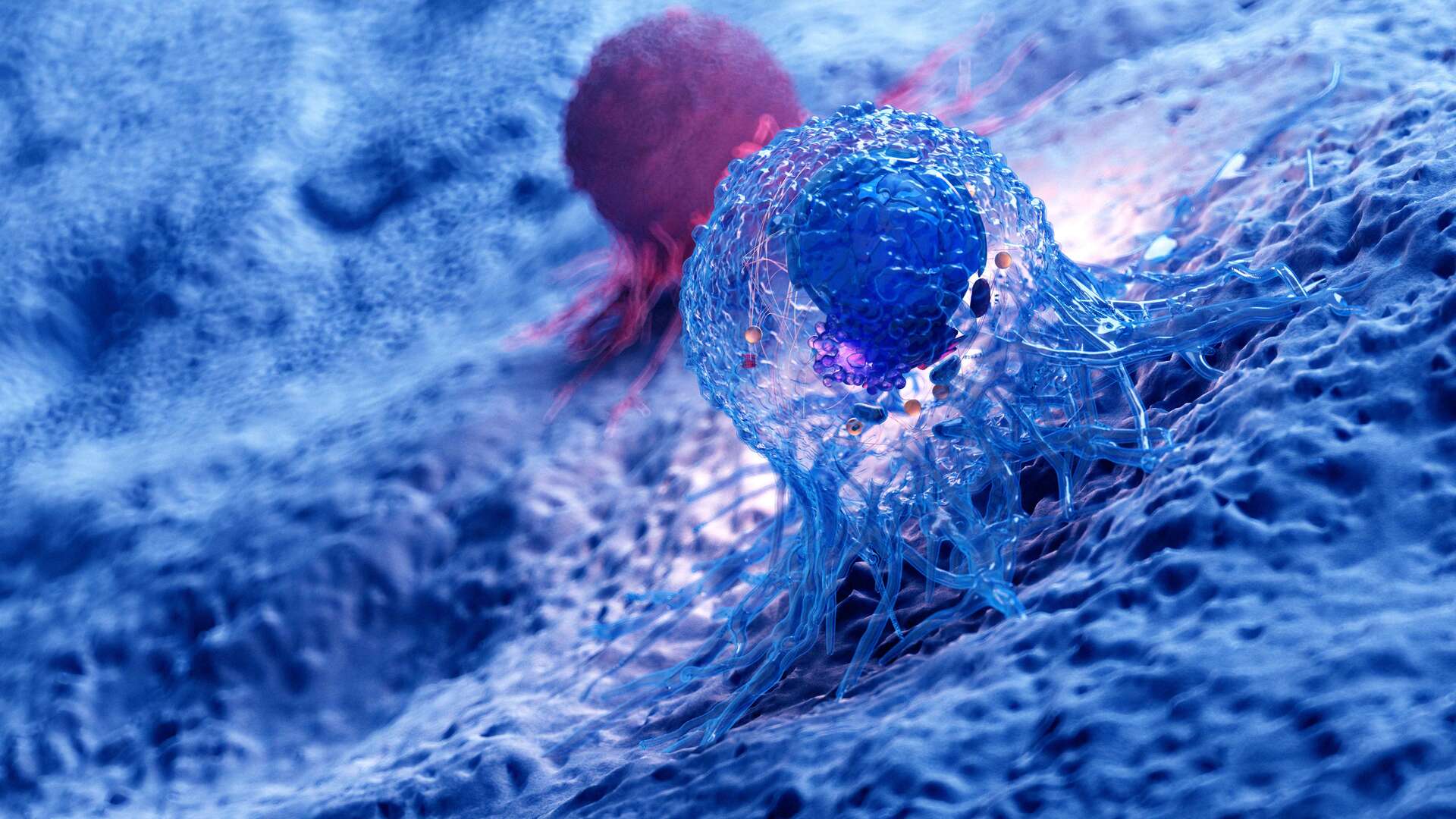
US researchers have discovered a revolutionary method using a molecule called aminocyanine, activated by infrared light, to destroy cancer cells. The technology, which is the equivalent of a jackhammer at the molecular level, promises a non-invasive approach to targeting and eliminating diseased cells. With promising laboratory results, this discovery opens new horizons in cancer treatment.
This will interest you too
[EN VIDÉO] What are the different effective treatments for breast cancer? Breast cancer is the most common cancer in women. In 2012,…
American scientists have made great progress in the fight against cancer, thanks to the discovery of a new strategy to eliminate cancer cells. They identified a molecule called aminocyanin, which, under the influence of infrared light, vibrates and breaks cancer cell membranes. This approach can be compared to a jackhammer at the molecular level. These molecular motors, called Feringa-type motors, enable the mechanical disruption of cellular structures, such as those found in cancer cells. This work has been published in the journal Nature chemistry.
The amazing potential of infrared radiation
The use of near infrared light is the basis of this technology. It allows deeper penetration into the human body, offering the possibility of treating internal cancers non-invasively, in a non-surgical manner.
Laboratory tests on cancer cells and experiments on mice have shown high success rates, which is encouraging. Researchers have improved this technology by grafting specific chemical groups onto these molecules to precisely target cancer cells, in order to limit harmful effects on healthy cells. Today's molecular motors are much faster and can be activated by infrared light, unlike early versions that required visible light.
What are the applications of aminocyanine?
Aminocyanine, at the heart of this discovery, is a synthetic dye already used in medical imaging, and belongs to the cyaninine family. These molecules are known for their applications as fluorescent tags. They play an important role in various technologies such as genetic hybridization and DNA microarrays.
Aminocyanine, in particular, is characterized by its ability to attach to the cell membrane and oscillate under the influence of infrared light, forming plasmons. These vibrating structures generate mechanical motion that breaks cancer cell membranes. Scientists now plan to exploit these mechanical properties with other molecules to expand the use of this technology in cancer treatment. This would allow for a more precise, non-surgical approach, limiting side effects.






